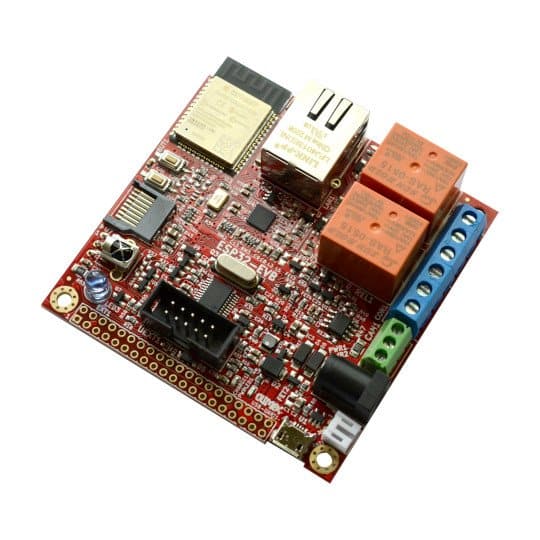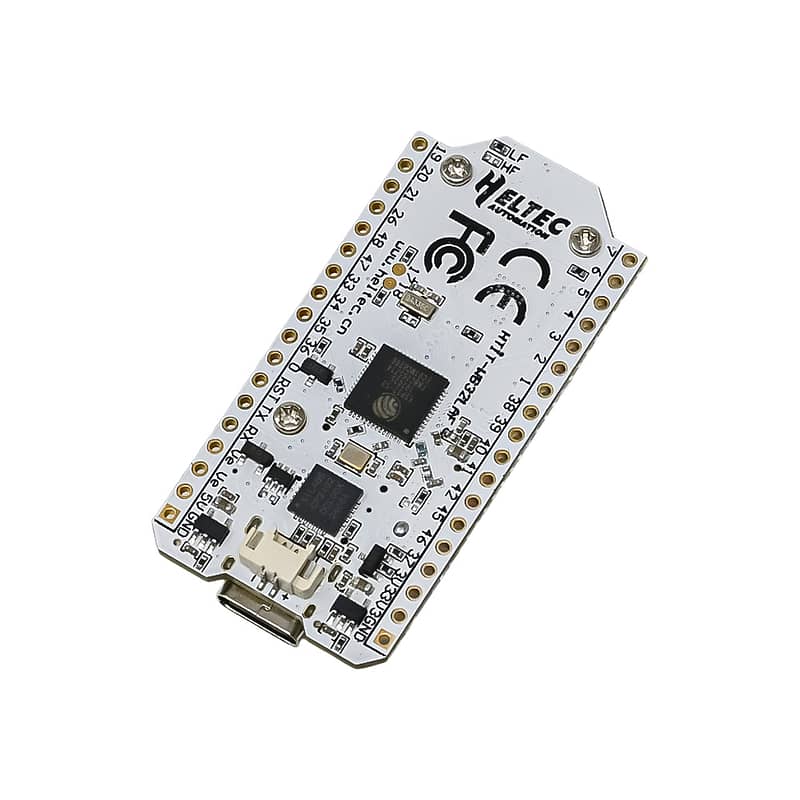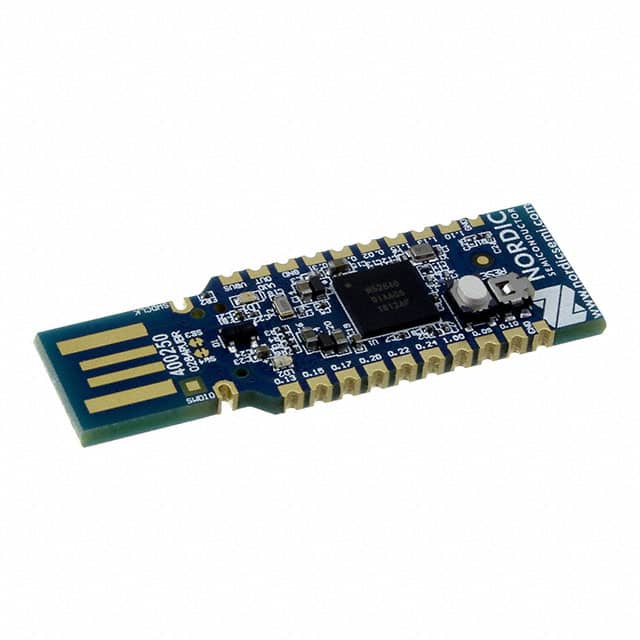
A New Era for Humanoids
When you think of humanoid robots, you probably picture futuristic machines with high-tech capabilities and equally high price tags. But Unitree is flipping that image on its head with the launch of the R1. At just $5,900, this new humanoid robot marks a dramatic shift in what’s possible and who can afford to get involved.
Standing just under four feet tall and weighing 55 pounds, the R1 may look small, but it’s built to move. With 26 joints, built-in Wi-Fi, Bluetooth, microphones, and cameras, it’s not a toy, it’s a real robot engineered for agility and software development. It can run, recover from falls, and even perform cartwheels. All of that, in a package that costs less than many high-end smartphones or cameras.
What It Can and Can’t Do
The R1 isn’t ready to take over your chores just yet. It lacks hands in its base version, which limits its ability to pick up and interact with objects. Its battery life maxes out at around one hour, and it’s not designed for heavy-duty tasks. But it’s not trying to be the next factory robot.
Instead, the R1 is aimed at researchers, robotics developers, and educators who need a flexible, programmable platform to test AI, movement planning, and interaction algorithms. It’s a development tool, not a turnkey solution, but at this price, it’s one that puts serious capability into the hands of small labs, startups, and universities.
An Entry-Level Disruptor
In context, the R1 is a major disruptor. Most humanoids with similar capabilities come in at $20,000 to $90,000 or more. Unitree’s own G1 and H1 models, which feature advanced computing and full dexterity, are priced at $16,000 and $90,000 respectively. Tesla’s Optimus, still in prototype, is expected to cost between $20,000 and $30,000 once in mass production. That puts the R1 in a league of its own, an entry-level humanoid that doesn’t sacrifice core functionality.
The ROI Equation
So what’s the return on investment for a robot like the R1?
In raw numbers, it’s not about labor savings or logistics replacement. Instead, it’s about the value of early experimentation. A team that might have spent tens of thousands developing a test rig or buying a more expensive humanoid can now access comparable mobility and hardware for a fraction of the cost. That means faster iteration, lower prototyping costs, and the ability to build and test new applications for AI, machine learning, and motion planning without breaking the bank.
For enterprise R&D teams or technical universities, the R1 is an investment in capability and in most cases, one that pays for itself in development speed and lowered barrier to entry.
Real-World Adoption and Competitive Pressure
Unitree’s strategy is clear: dominate the low-cost humanoid space before the rest of the market catches up. With other humanoid robots from companies like Tesla, Figure, and Apptronik still priced far higher, the R1 could push a wave of institutions to experiment earlier and at a lower cost.
Some have criticized the R1 for its lack of manipulators and limited endurance, but for its target audience, those limitations are less important than cost and customization potential. A more advanced version of the R1 is also available with dexterous hands and upgraded computing hardware for developers ready to scale up.
Your Next Step in Humanoid Robotics
At Mendy’s Robotics and AI, we help businesses, universities, and developers make informed decisions about robotic platforms. If you’re curious about integrating humanoids like the R1 into your workflows or development projects, we offer tailored consulting and ROI modeling to ensure your investment delivers.
Let’s explore how affordable humanoid robotics can power your next breakthrough. Get in touch today to see what’s possible with the Unitree R1 and beyond.
References




